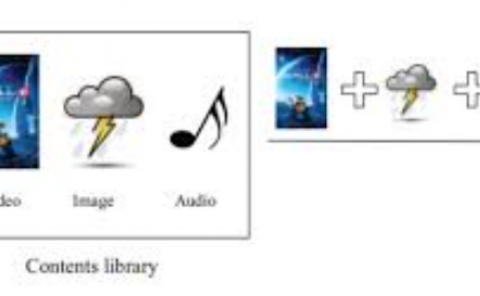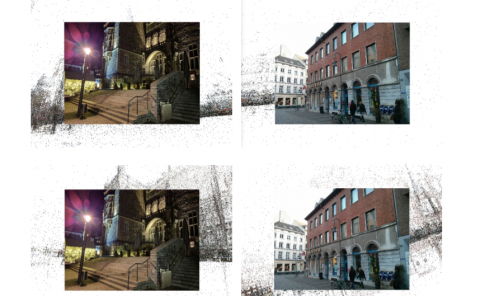Effects of Image Size and Structural Complexity on Time and Precision of Hand Movements in Head Mounted Virtual Reality
PubDate: August 2018
Teams: ICube Laborator
Writers: Anil Ufuk Batmaz; Michel de Mathelin; Birgitta Dresp-Langley

Abstract
The effective design of virtual reality (VR) simulators requires a deeper understanding of VR mediated human actions such as hand movements, with specifically tailored experiments testing how different design parameters affect performance. The present experiment investigates the time and precision of hand (index finger) movements under varying conditions of structural complexity and image size in VR without tactile feed-back from object to hand/finger. 18 right-handed subjects followed a complex and a simple physiological structure of small, medium and large size in VR, with the index finger of one of their two hands, from right to left, and from left to right. The results show that subjects performed best with small-size-simple structures and large-size-complex structures in VR. Movement execution was generally faster and more precise on simple structures. Performance was less precise when the dominant hand was used to follow the complex structures and small object size in VR. It is concluded that both size and structural complexity critically influence task execution in VR when no tactile feed-back from object to finger is generated. Individual learning curves should be monitored from the beginning of the training as suggested by the individual speed-precision analyses.


